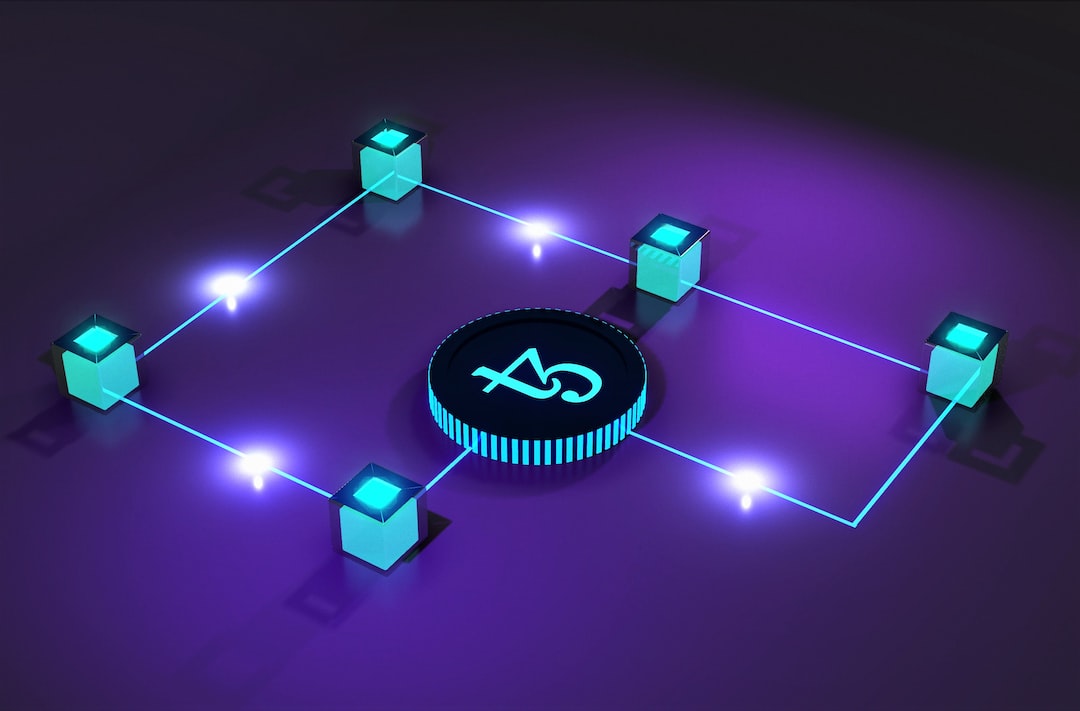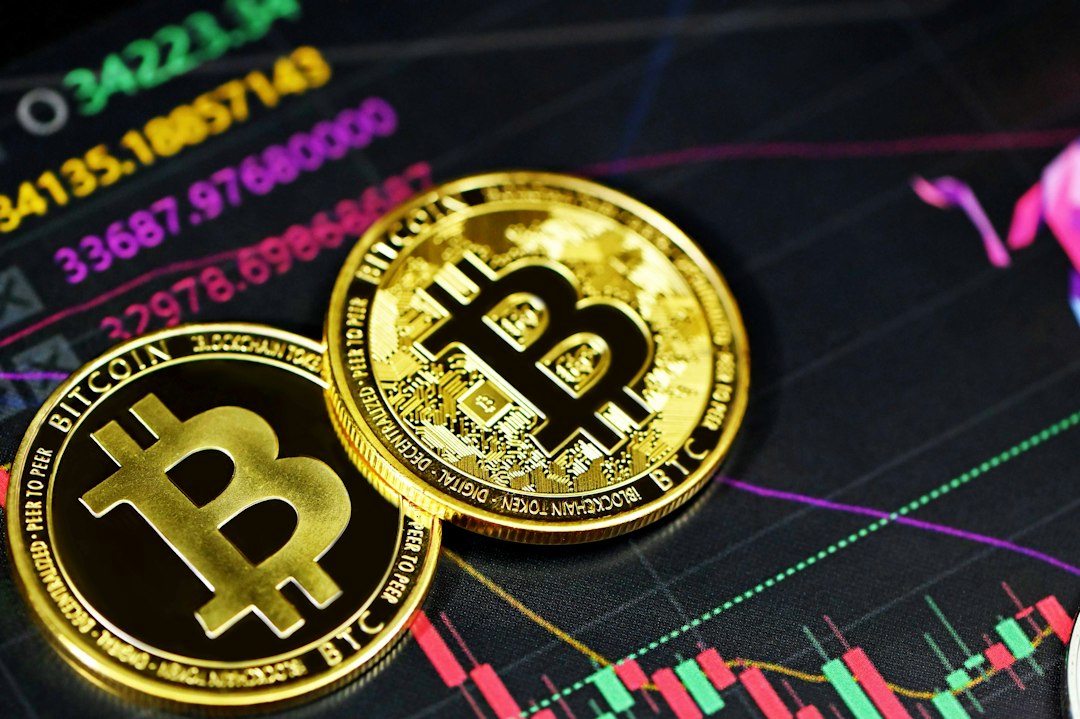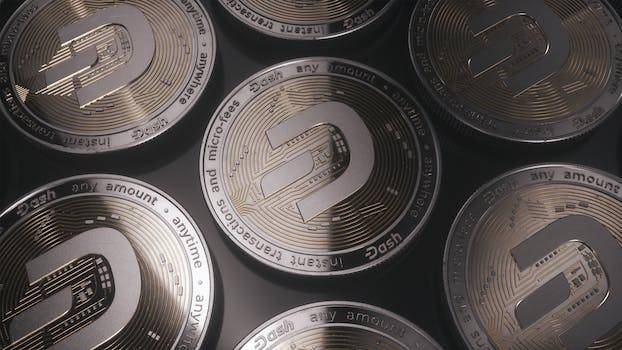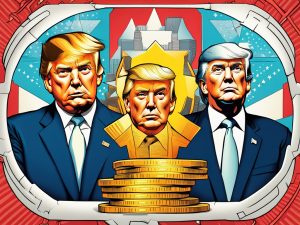ERC-20 vs. ERC-721: Exploring the Differences
Cryptocurrencies have revolutionized the way we think about money and assets. With the rise of decentralized applications (dApps) on blockchain platforms, the need for tokenization has become paramount. Ethereum, one of the leading blockchain platforms, introduced token standards such as ERC-20 and ERC-721 that have become the building blocks for various digital assets. In this article, we will explore the differences between ERC-20 and ERC-721 tokens to help you understand their unique characteristics and use cases.
ERC-20 Tokens: Your Gateway to Digital Assets
When it comes to tokenization, ERC-20 is the most widely used standard on the Ethereum blockchain. These tokens represent fungible assets, which means they are mutually interchangeable. Think of them as the digital equivalent of traditional currencies, where one unit is equal to another.
With ERC-20 tokens, you can create and manage your own digital assets easily. These tokens can be used for various purposes, including crowdfunding, creating loyalty points, or even representing shares in a company. The smart contracts behind ERC-20 tokens are programmed with a set of rules, defining how the tokens can be transferred, how many can be created, and other important parameters.
One significant advantage of ERC-20 tokens is their liquidity. Since they are fungible, they can be easily traded on decentralized exchanges. Additionally, they can be stored in compatible Ethereum wallets, providing you with complete control and ownership of your assets.
New projects and decentralized applications often choose ERC-20 as their token standard due to its simplicity, compatibility, and proven track record. It offers a convenient way to tokenize assets and enables developers to leverage a vast ecosystem of tools, wallets, and exchanges already built around it.
ERC-721 Tokens: Uniqueness and Collectibles
While ERC-20 tokens focus on fungibility and interchangeability, ERC-721 tokens introduce a whole new dimension to tokenization – uniqueness. Each ERC-721 token is distinct and cannot be replaced with any other token.
This unique characteristic has made ERC-721 tokens particularly popular in the world of digital collectibles, gaming assets, and virtual real estate. Imagine owning digital art pieces, rare in-game items, or even virtual lands on the blockchain. With ERC-721, these assets can be securely traded, proving their authenticity and ownership.
ERC-721 tokens allow developers to represent any unique asset on the blockchain. Each token is defined by its own set of metadata, making it ideal for non-fungible assets. These tokens have gained significant attention, leading to the emergence of various marketplaces and platforms that cater to the buying, selling, and trading of these unique digital assets.
ERC-20 vs. ERC-721: The Key Differences
Now that we understand the basic concepts of ERC-20 and ERC-721 tokens, let’s highlight the key differences that set them apart:
Fungibility vs. Uniqueness: ERC-20 tokens are fungible, while ERC-721 tokens are non-fungible, meaning each token is unique and cannot be substituted for another.
Primary Use Cases: ERC-20 tokens are commonly used for financial applications, crowdfunding, and representing assets with a fixed value. On the other hand, ERC-721 tokens find their strength in unique and collectible assets, gaming items, and virtual property.
Smart Contract Complexity: ERC-20 tokens have straightforward smart contracts with less complexity, making them easier to implement and understand. In contrast, ERC-721 tokens require more intricate smart contracts to handle the uniqueness and specific attributes of each token.
FAQs
Q: Can ERC-20 and ERC-721 tokens be used together?
A: While ERC-20 and ERC-721 tokens have distinct characteristics, it is possible for a project to create both types of tokens. This allows for a diverse ecosystem where fungible and non-fungible assets can coexist.
Q: Are ERC-20 and ERC-721 tokens compatible with all Ethereum wallets?
A: Most Ethereum wallets support ERC-20 tokens, as they adhere to a well-defined standard. However, not all wallets are compatible with ERC-721 tokens, as their unique nature requires additional functionality. It’s important to check the wallet’s compatibility before storing or transacting with ERC-721 tokens.
Q: Can ERC-721 tokens be traded on decentralized exchanges?
A: Yes, several decentralized exchanges now support ERC-721 tokens, enabling users to easily buy, sell, and trade unique assets in a trustless manner.
Q: Can ERC-721 tokens be fractionalized?
A: ERC-721 tokens are indivisible by nature, but fractional ownership platforms have emerged that allow users to collectively own and trade fractions of ERC-721 tokens. This enables broader participation and liquidity for high-value assets.
As the world of blockchain and cryptocurrencies continues to evolve, the differences between token standards like ERC-20 and ERC-721 play a crucial role in shaping the use cases and possibilities within this emerging ecosystem. Whether you’re looking to tokenize financial assets or delve into the world of digital collectibles, understanding these differences will provide you with a solid foundation to explore this exciting new frontier.





 By
By
 By
By
 By
By
 By
By

 By
By